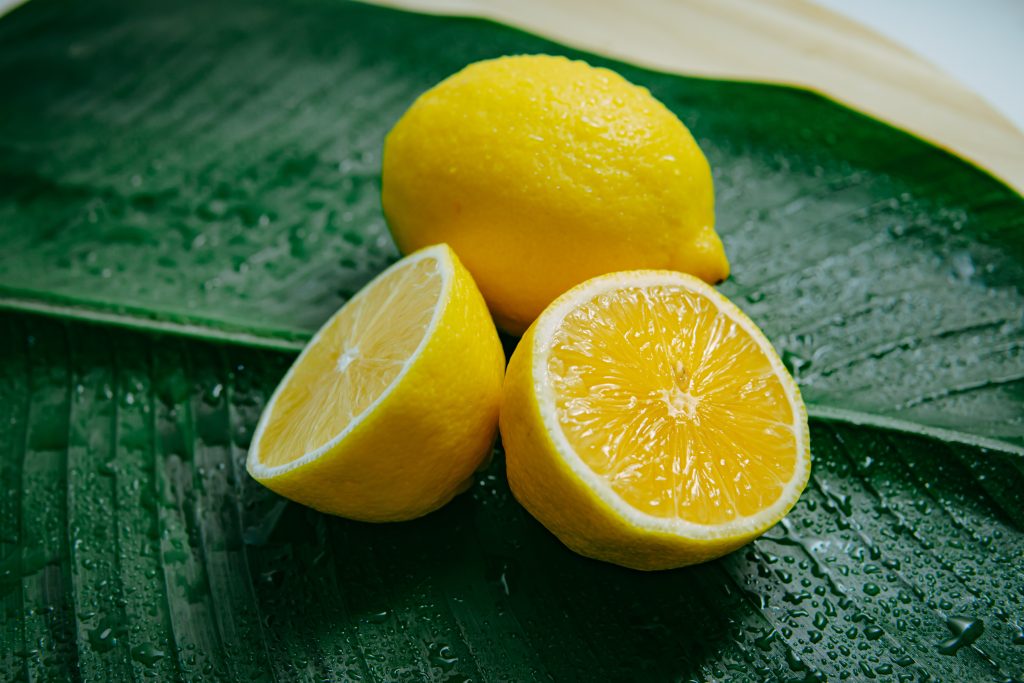
What is fascia?
So just like how a citrus fruit has a peel and then white stuff under the skin and all those little triangular sections and then it even has those tiny little pockets of juice… It is the exact same with your body! So under our skin is a layer of connective tissue, each organ, each bone, each little blood vessel all wrapped up in it. And it changes and grows based on what we do with our bodies!
The sitting effect; Here’s an example of how to identify your fascia
Remember the last time you sat on a long train or flight and then when you stood up it felt difficult in the legs, at the front of the hips mostly? And you probably let out an audible ‘uughhh I sat for too long’ to the nearest person?
That is because as you hold a posture (even sitting) your fascia instantly wants to help – by making it as easy as possible to help the body use the least amount of energy.
Side note: we get our energy from what we consume, food and drink, a very long time ago when we lived more with nature we might not have known when our next meal would come, so our bodies found ways to make sure we use as little energy as possible.
Back to fascia. The fascia builds quickly over muscle, under skin and around all the little bits inside to hold the muscle in that place. When you stand up after a long time sitting you are tearing the fascia that has built up. That’s absolutely ok! (video below)
Here’s the long-term effect
If we always move in familiar patterns, fascia molds and secures itself into those repeated patterns (even more so if there is insufficient water available in the body and it feels dehydrated*). For example, a lot of what we do like sitting at a desk, cooking, creative work often has the shoulder blades sitting lateral (that slightly rounded forward and down potion in the upper back). If the fascia isn’t released and trained back into a retracted position, the shoulder blades will lock forward and down into this pattern, directly affecting movement and mobility of the neck and arms!
Side note: *dehydrated here is not just about drinking water – your fascia is like a sponge and needs to be moved squeezed and released to stay ‘hydrated’.
So what can you do about it?
Fascia can be best released with hands-on manual therapy or through stretch-and-hold techniques, like we do in our yoga classes. Get a full body release by doing a yoga class (some free classes here).
If you’re in the middle of work and a full yoga class isn’t really the best option… here are some areas where it’s crucial to stretch and a few suggestions on how
Shoulders & Upper Back – Roll the shoulders! Bring them towards the ears and back and down regularly. Put the palm of your hand on a doorway or wall and stretch it comfortably(!) behind you.
Neck – Look left, look right, up and down – be gentle. Pause for 30 seconds as you take your ear towards your shoulder – resist the urge to look down or to the side – just the ear towards the shoulder.
Arms – take a mudra or two. Try lotus mudra or hasta mudra!
Want a few more benefits of keeping your fascia healthy?
Manipulating the fascia can change the appearance of your skin and cellulite!
That’s not the “point” of fascia, to be clear. Because it’s sub dermal, changing the fascia over time through myofascial release, massage, or yoga can actually change the way fat distributes under your skin, which is what creates the appearance of cellulite. Changes in the fascia can be either temporary, semi-permanent or permanent.
An emotional release is possible with myofascial body work.
We’re just beginning to understand the connection between emotions and fascia and so don’t actually have any quantifiable research BUT experiences of many, many people show that there is a connection. One idea is that when we squeeze this sponge-like area, chemical hormones that may have been ‘stored’ or ‘left over’ from an emotional experience are released, and so affect how we feel.
Lastly – want to actually see live in action fascia tissue?
Loved this blog post? Let me know your thoughts!